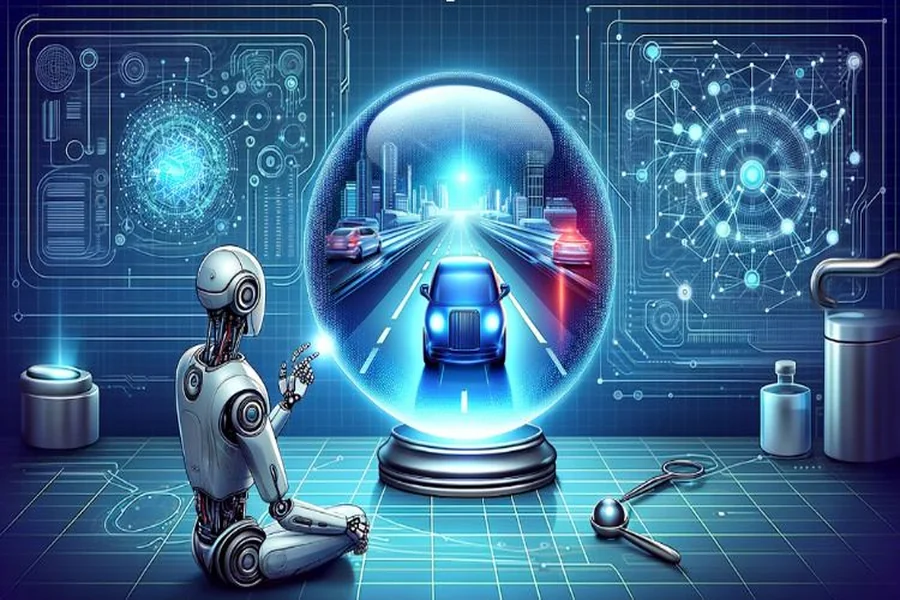The Role of AI in the Evolution of Autonomous Driving Technology
Artificial intelligence (AI) is a key factor that has contributed to the transformation of the automotive industry over the past few years. It can be especially seen in the quest to achieve completely autonomous vehicles. The adoption of AI technologies is enhancing innovation and safety rates and reshaping the in-car experience. Companies are also contributing towards a transition of implementing AI in a manner that involves improving vehicle autonomy but not making it the main focus of the service. Here’s a detailed overview of the development of autonomous driving under the influence of AI.
Real time Data Processing and Decision-making
With AI, autonomous vehicles can handle large volumes of data in the form of sensors, cameras, and radar data and make real-time decisions. This stream of live data enables the system in the vehicle to perceive its environment. It can identify pedestrians, other vehicles, road hazards, and road conditions in real-time and within seconds, make safe decisions.
Advanced Perception Systems
AI for autonomous vehicles is in a position to comprehend tricky surroundings using machine learning algorithms. It is necessary to identify the moving and non-moving objects, detect traffic lights and signs, and learn the road structure. All of this is possible with the help of AI-driven perception and is vital to navigational safety.
Improved Path Planning and navigation
AI models lead to accurate mapping and localisation, which are essential in autonomous driving. Such systems are able to compute the best paths, predict variations in traffic flow and adapt to fluid situations like roadworks or accidents. Such a level of contextual awareness assists vehicles to maneuver through urban settings in a very effective manner.
Sensor Fusion Technology
The use of autonomous cars is based on a mix of inputs such as LiDAR, ultrasonic sensors, and cameras, as well as GPS.AI takes advantage of this sensor data to create a 360-degree view of the surroundings around the car so that it can detect hazards more accurately.
Predictive Safety Analytics
AI systems anticipate the risks and react to unforeseen circumstances or behavioural shifts of other road users. They do this by analysing their behaviour and responding to such actions swiftly. This is a predictive feature that is essential in accident prevention and passenger safety in different road conditions.
Never-ending Learning and Improvement
Independent driving AI is a continuous learning process based on real-life experience and enormous data. Machine learning enables such systems to evolve and enhance the accuracy of object recognition, decision-making, and system reliability over time.
Human-Machine Interaction
AI also contributes to the enhancement of the interaction between the drivers and autonomous systems. Through natural language processing and user interfaces, AI helps drivers understand the vehicle’s actions and intentions, thereby enhancing trust and transparency while driving.
Issues and Ethical Implications
While AI significantly advances autonomous driving, challenges such as algorithmic bias, sensor reliability in extreme weather, and ethical decision-making in critical scenarios remain.
Industry Cooperation and Innovation
Technology companies, car manufacturers and software designers combine their efforts in the automotive industry. Firms such as Encora are bringing in the knowledge about integrating AI to assist in streamlining the development process and increasing the speed at which the autonomous driving features are being introduced into the market.
The technology of autonomous driving is developing at an extremely fast pace due to the ability of AI to sense, process, and make decisions. These technologies are already growing old, and as they do, they promise to make roads safer, more mobile, and result in massive transformations to the way society views transportation. The AI component, which is very much integrated into the autonomous car, is one of the enablers in this thrilling process of full self-driving cars.







